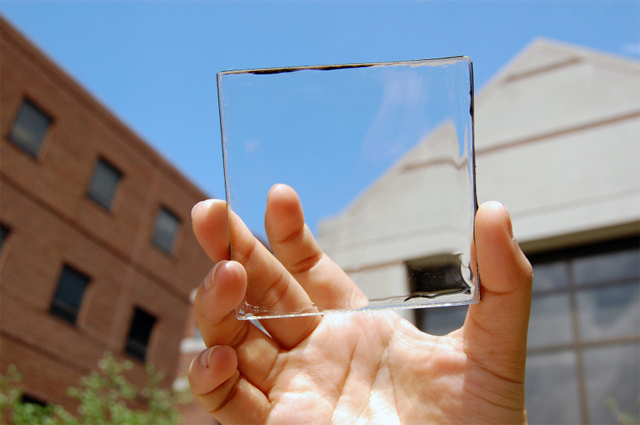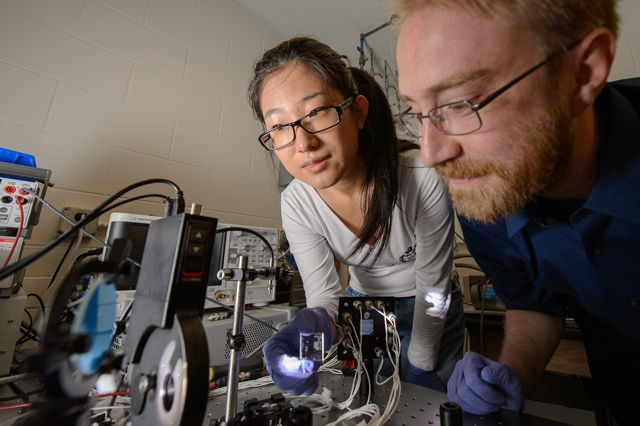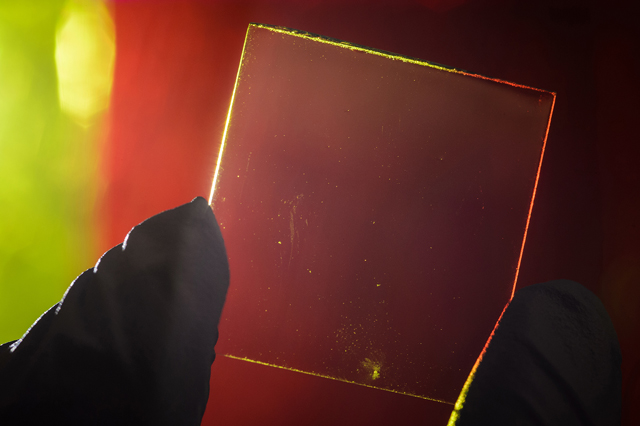Researchers working at the State University Michigan (Ms.) have created a fully transparent solar collector that is so transparent that it can replace the condenssnional glass in the windows. New devices-called transparent luminescent solar concentrers-have the potential to transform not only windows into solar power generators, but also the screens of smartphones, vehicle glass, or almost anything else that has a transparent surface.

Experimenting with transparent solar collectors is being implemented for a long time, but they have resulted with variable successes and many bad results–especially about inefficient energy production. Specifically, most of the materials produced were not fully transparent, but mostly bright colors or too dim.
"No one wants to stay behind the dim glass," says Richard Lunt, assistant professor of chemical engineering and science on the US materials. "The dim glass produces a very colorful environment, similar to the stay in a disco. We had access to where we really made the luminous active layer in transparent! "

Unlike the Steathen phoonized solar cells that capture energy in the visible part of the light spectrum, transparent solar collectors developed by team with the MMS use microscopic organic molecules designed to absorb Specific wavelengits length of light invisible to the human eye. In order to accumulate and use this solar energy, the collector channeled light to the edge of the plastic where it is transformed into electric power over thin lanes of solar cells.
"We can set up these materials to collect only ultraviolet and almost infrared wavelength, which then" Shine "in the duration of wavelometer in infrared spectrum," Lunt explains. "Because the material does not absorb and emit the light in a visible spectrum, it looks extremely transparent to the human eye."
As previously stated, one of the proposed use of this completely transparent material will be in place of conventional glass or in places where it is now used for transparent plastic. A team of researchers acknowledges that this technology is still at an early stage of its development, but claims it has the possibility to be expanded to commercial levels for use in industrial applications and can be produced at a reasonable price.

"It opens up a lot of space to deploy solar energy in an unconvincing way," Lunt said. "It can be used in high buildings with many windows, or on any type of mobile device that requires high aesthetic quality such as phone or e-reader. And in the end we want to build a solar area for energy collection that you don't even know are there. "
The research is also in an early stage of efficiency-despite references to the inefficiencies of the colored solar collectors, the master's prototype has barely produced the efficiency of 1% solar conversion. As a result, the team wants to achieve the effectiveness of "more than 5%" at some point, with the tip that the best colored solar collectors developed elsewhere have a more efficient conversation of around 7%.
The research was recently published in the "Advanced Optical Materials" professional journal.
